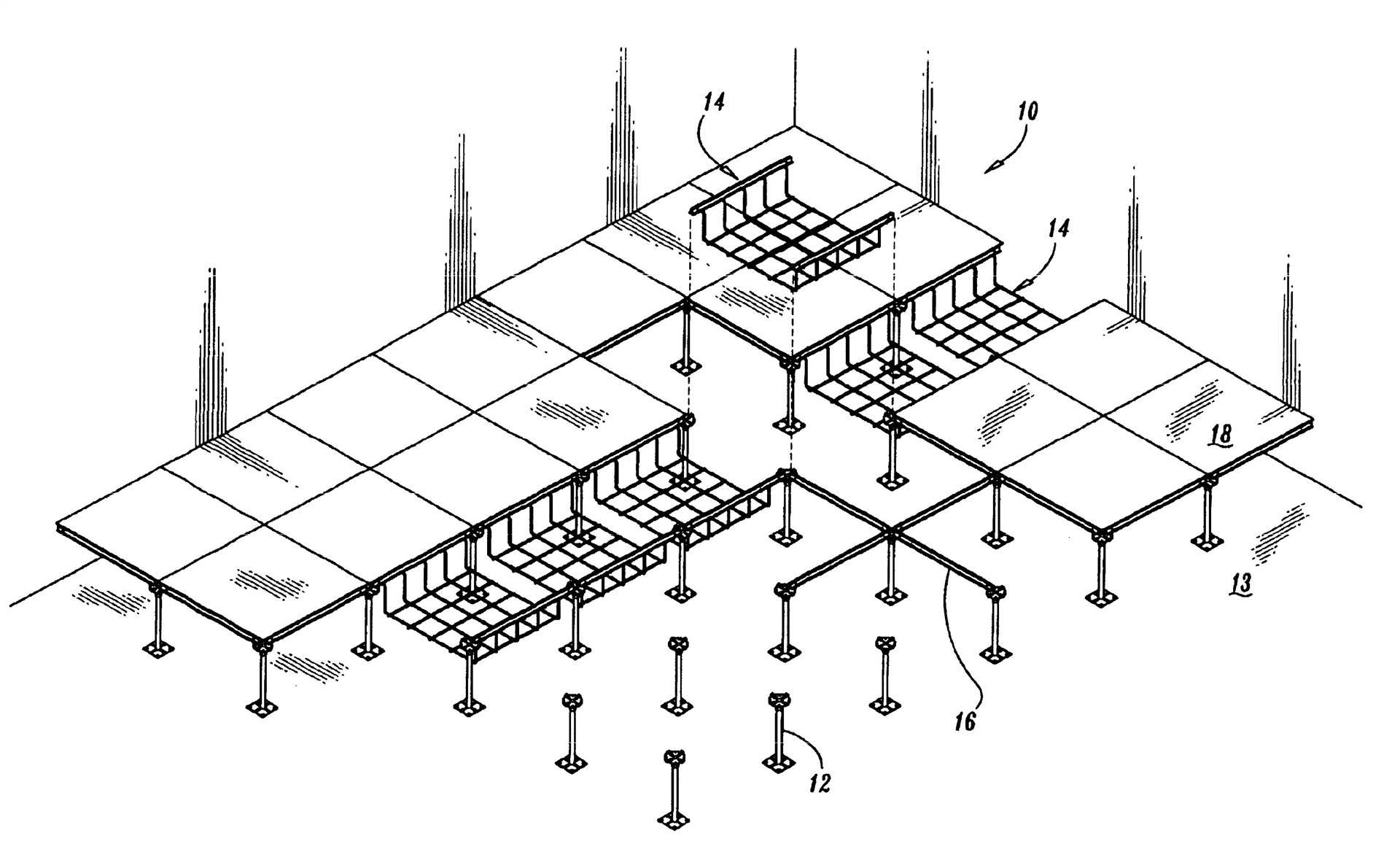NEWS TAG
brand
In-Depth Analysis of Maximum Height for Raised Access Floor
Raised floors have been used for decades in various applications ranging from commercial spaces to data centers. They provide an efficient and effective way to organize cables, piping, and other utilities while allowing for flexibility in reconfigurations of the space. One of the most critical factors to consider when planning a raised floor is determining the maximum height that can be achieved. This essay will explore the factors that determine the maximum height of a raised floor, the benefits and drawbacks of higher raised floors, and various viewpoints on the ideal maximum height.

Factors Determining Maximum Height of Raised Floor
Several factors determine the maximum height of a raised floor, including the following:
1. Structural Capacity: The primary factor that determines the maximum height of a raised floor is the structural capacity of the building. The weight of the raised floor and the equipment on it must not exceed the maximum load-bearing capacity of the building's structural system.
2. HVAC System: The height of a raised floor is also influenced by the height of the HVAC system. The air conditioning and ventilation system must be able to provide sufficient air circulation and temperature control, which may limit the height of the raised floor.
3. Fire Safety Regulations: The building's fire safety regulations may limit the height of a raised floor to prevent the spread of smoke and fire.
4. Accessibility: Raised floors must be accessible to maintenance personnel and technicians, which may require a specific height range to allow safe and easy access.
5. Aesthetic Considerations: In some cases, the maximum height of a raised floor may be limited by aesthetic considerations, such as the desired look and feel of the space.
Benefits and Drawbacks of Higher Raised Floors
There are several benefits and drawbacks to consider when deciding on the maximum height of a raised floor.
Benefits:
1. More Space: A higher raised floor allows for more space for cabling, piping, and other utilities, enabling more efficient use of the floor area.
2. Improved Airflow: A higher raised floor provides more room for HVAC systems, improving air circulation and ventilation.
3. Enhanced Flexibility: A higher raised floor provides more flexibility in the design and reconfiguration of the space, allowing for changes in layout and equipment placement.
Drawbacks:
1. Structural Capacity: A higher raised floor requires more structural capacity to support the weight of the floor and the equipment on it, which may be limited by the building's structural system.
2. Accessibility: A higher raised floor may be more difficult to access for maintenance personnel and technicians, leading to increased costs and potential safety concerns.
3. Cost: A higher raised floor may be more expensive to install and maintain due to the additional materials and labor required.
Viewpoints on the Ideal Maximum Height of Raised Access Floor
There are different viewpoints on the ideal maximum height for a raised floor, depending on the application and the specific factors involved. Some viewpoints are:
1. Data Centers: In data centers, the maximum height of a raised floor is typically between 30 and 36 inches. This height provides sufficient space for cabling and piping and allows for efficient airflow and temperature control.
2. Commercial Spaces: In commercial spaces, the maximum height of a raised floor is typically between 6 and 24 inches. This height provides sufficient space for cabling and piping and allows for easy access for maintenance personnel and technicians.
3. Industrial Spaces: In industrial spaces, the maximum height of a raised floor is typically between 24 and 36 inches. This height provides sufficient space for heavy equipment and machinery and allows for efficient use of the floor area.
The maximum height of a raised floor is influenced by several factors, including structural capacity, HVAC system, fire safety regulations, accessibility, and aesthetic considerations. Higher raised floors offer several benefits, such as more space, improved airflow, and enhanced flexibility, but also have drawbacks.
